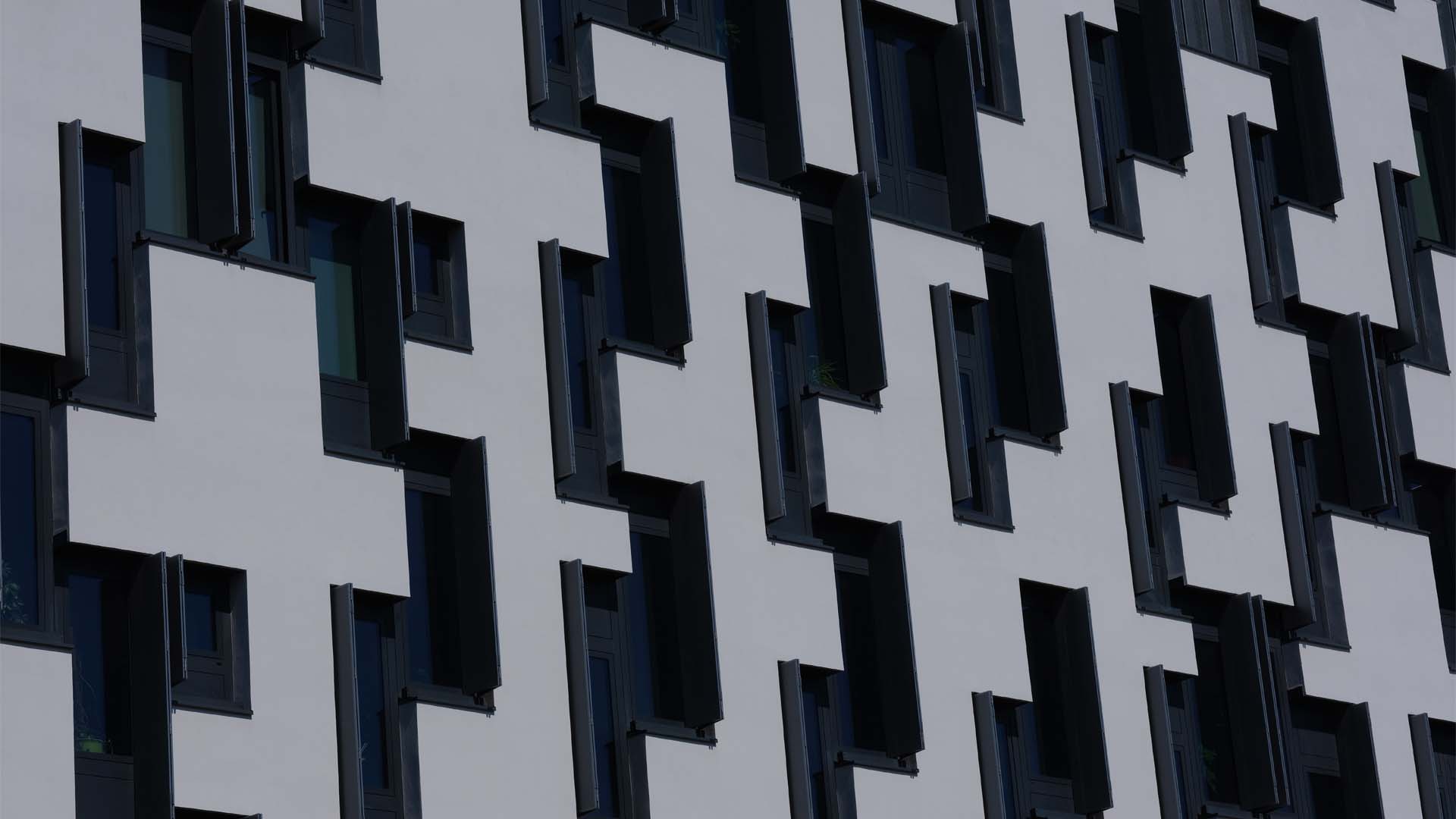The Pure SEO Team
The editorial team at Pure SEO is super proud of our content. Follow our official channels on social media.

URL canonicalisation is an essential part of any effective SEO strategy, allowing web developers to gain more control over their most important online content. Understanding how to use canonical tags correctly will be crucial to your success. Below, we explore how canonical tags work, how to use them correctly, and how to avoid canonical issues in SEO.
The primary goal of a canonical tag is to prevent the issue of duplicate content. Page duplicates occur when different pages with the same (or very similar) content are accessible by multiple URLs.
If you want the most relevant version of a page to rank on SERPs (Search Engine Results Pages), adding a canonical tag to the page is a proactive solution. The canonical tag tells search engines which version of the page is the “master copy.” Essentially, it helps search engines understand which pages on your website are most important and which ones aren’t.
To understand why canonicalisation matters, it’s important to understand why content duplication can be harmful.
If there is too much duplicate content on your website, search engines won’t know which page to crawl. This means your most important and relevant content may get lost. Content duplication can also be damaging to your site’s ranking ability. For instance, if multiple URLs appear on SERPs, users won’t know which one to click. Your page rankings will be diluted by different users clicking multiple URLs.
There are many instances where your website may have duplicate content, and often it is not intentional. Content duplication is particularly common amongst e-commerce websites, where multiple URLs lead to the same product page. Many website homepages may also have multiple URL variations.
Implementing canonical tags where appropriate can help to:
Canonical tags only work if they are applied correctly. But it’s all too common for web developers to make mistakes when implementing canonical tags on their websites. Let’s dive deeper into the SEO best practices for canonical tags:
Canonicalising the wrong URL, too many URLs, or non-duplicates can be damaging to your website’s SEO. When choosing which URLs to canonicalise, stick to the following rules to ensure SEO success:
Using absolute URLs is a vital part of the canonicalisation process. An absolute URL features every element of a “full” URL, including the HTTPS element, the www element, the domain name, and the .com element. This is different from relative URLs, which don’t include the full URL structure. Relative URLs only include the path, which is the information that comes after the domain.
An absolute URL looks like this: https://pureseo.com
A relative URL looks like this: /about/team
Absolute URLs contain all the information about a web page’s location. Implementing canonical tags in your absolute URLs will clarify for search engines where the page can be found and which is the preferred version.

